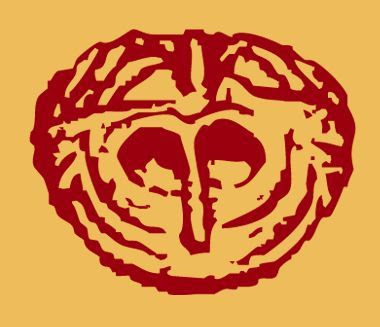Archaeologists from Southampton have been learning more about intriguing carved stones, or ‘stelae’ from the late Bronze Age, discovered in southern Spain.
13/12/2012. Universidad de Southampton.
Around 150 such stelae are known; they can include engraved images of human figures and animals, armour, weapons such as swords, spears, shields and daggers, mirrors combs and even chariots. But little is known about their original contexts, how they were used and what they meant to prehistoric communities.
Researchers including Dr David Wheatley from Southampton, visiting scholar Dr Marta Diaz-Guardamino Uribe and Professor Leonardo García Sanjuán from Seville University, worked with students in the south of Spain in autumn 2012. They have been surveying the site in the Guadalquivir Valley where a stela was found several years ago, laser-scanning the stone and using Reflectance Transformation Imaging (RTI) to record and analyse it.
RTI records the reflected light from a variety of angles in a series of photographs, then uses those photographs to generate a high-quality computational lighting model of the object which can later be viewed on a computer screen.
“RTI is a valuable technique that allows archaeologists to see details such as carving techniques that cannot be observed in the field,” says David. “We have used it at Southampton on a range of items to gain new insights into them.”
This work is part of an on-going research agreement between the University of Southampton and Seville University.





No hay comentarios:
Publicar un comentario